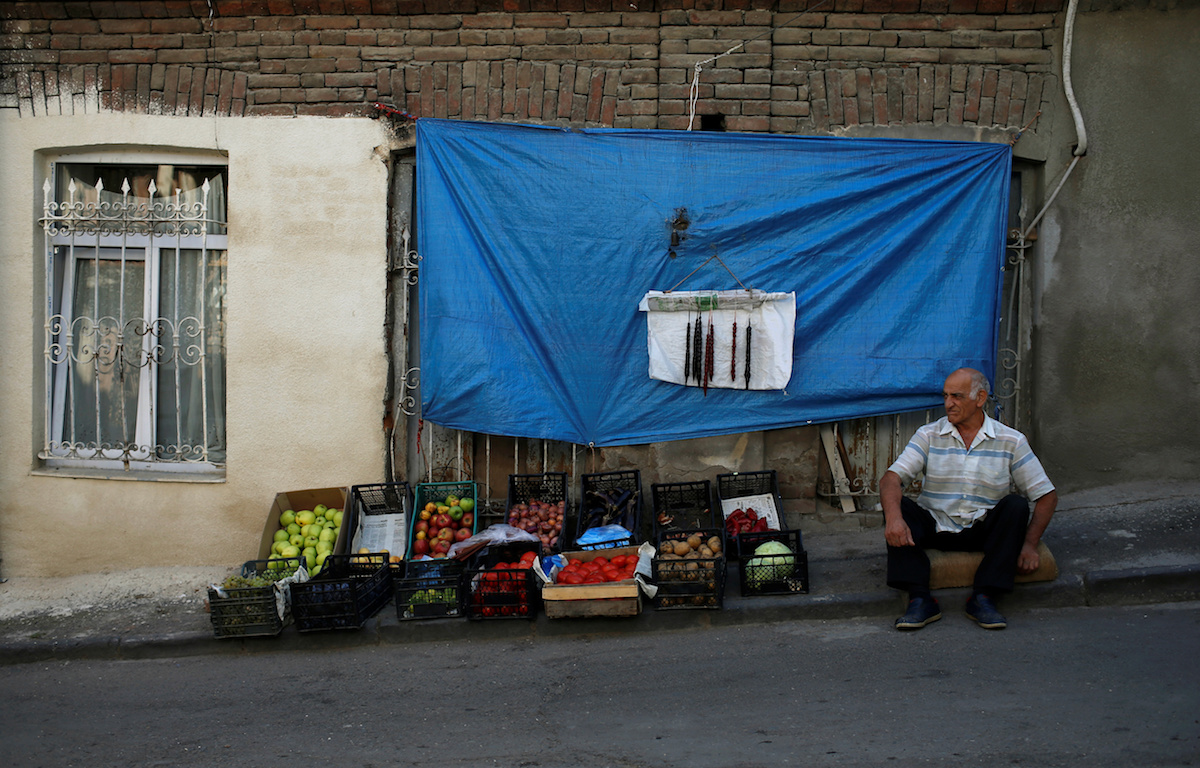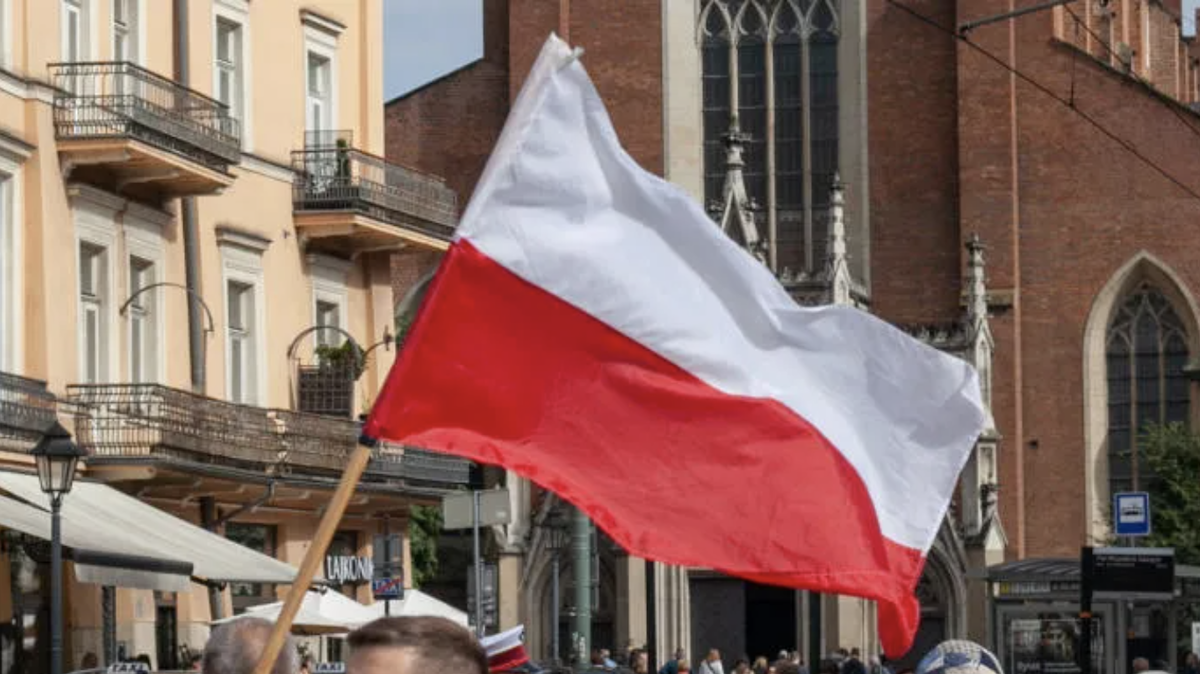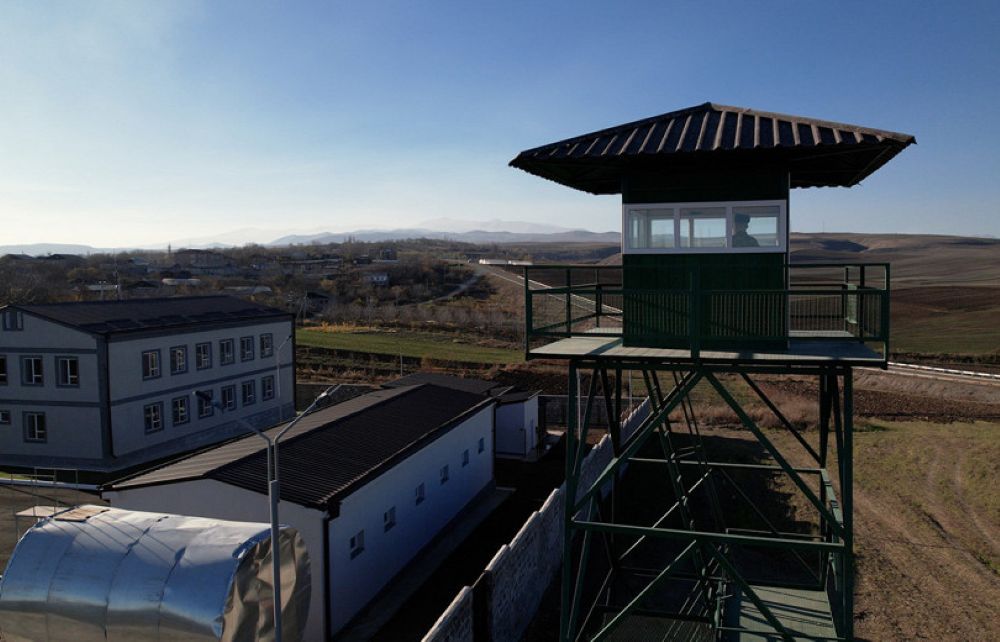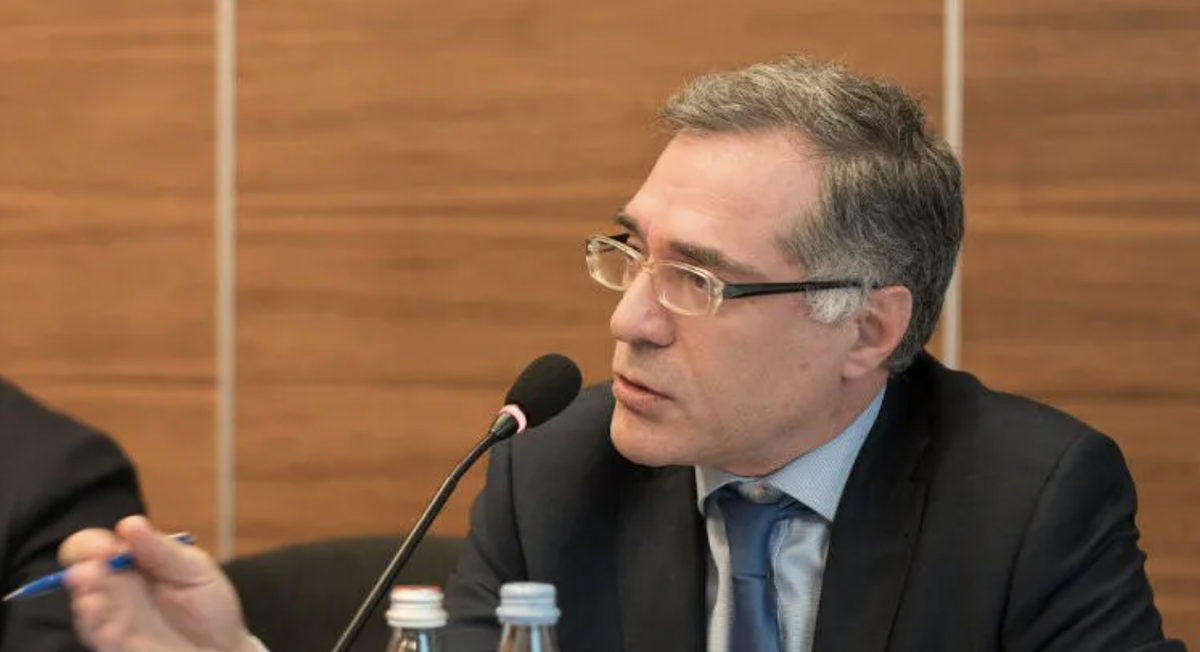Why has the lari depreciated, and what will happen to it in autumn?

The lari dropped by 6.5 tetri against the dollar last week in what was the biggest depreciation of the Georgian currency since 2017.
The currency recovered somewhat in the following days, though experts say that it has not stabilised yet. This is due to internal and external factors affecting the currency, which do not provide grounds for optimism.
______________
Panic caused by the fall of the lira and the rouble
Experts and government officials agree that the lari was affected mostly by external factors, particularly the depreciation of the Turkish lira and the Russian rouble. Both countries are important trade partners for Georgia.
According to data from January to July 2018, Russia is third in terms of countries that receive the largest volume of exports from Georgia at 12.9 per cent of Georgia’s total exports. Turkey follows in fourth place at 9.2 per cent. Turkey is the largest importer of goods to Georgia at 16 per cent, and is followed by Russia at 10 per cent. Consequently, the economic instability in these two countries is exerting a negative influence on Georgia.
The Turkish lira has depreciated by some 40 per cent since the beginning of 2018 against the dollar. This was caused by the tense political relations between Turkey and the US. The latter has threatened Turkey with additional sanctions should American pastor Andrew Brunson, who was arrested for supporting the attempted coup d’état of 2016, not be released. Unfortunately, there have been no positive signals from either Turkey or the US in this regard.
“Investors, currency traders and other economic agents are looking at the crisis in neighbouring countries from a short-term point of view. When there is a crisis in a neighbouring country, they expect the lari to depreciate which leads to a real depreciation in our currency,” says economist Zviad Khorguashvili.
“The first wave of panic died off, and the lari began to stabilise. If the process of stabilisation does not continue, then we can assume that there were other reasons behind the depreciation of the lari. However, there is so far no other statistical data and we can’t draw any other conclusions,” he noted.
Reaction of the government
Prime Minister of Georgia Mamuka Bakhtadze says the main method of ensuring that the lari stabilises is decreasing dependence on foreign factors.
“Our aim is, on the one hand, to more effectively integrate [ourselves] into the global economy, but on the other, we must lower our vulnerability to external factors. This is actually two tasks, not easy ones, but compatible. What happened in the last few days – the strengthening of the lari – is a good example of this,” Bakhtadze said, though he did not specify how the Georgian economy will achieve this.
The Minister of Economy and Sustainable Development, Giorgi Kobulia, believes that the currency’s fluctuation is a positive phenomenon, which he explained as follows:
“The fluctuation of the lari gives us the possibility to create a ‘safety net’ for our economy … These fluctuations protect us … For example, if the lira depreciates, and the lari remains stable, then we would begin buying Turkish products in even larger volumes. This does not work to our advantage because the production of our own products will become more expensive, and we won’t be able to produce – is that what we want?!”
Some experts have said that Giorgi Kobulia’s statement is an attempt to avoid responsibility and an incorrect assessment of the reality.
Economist Akaki Tsomaia says that the incompetence of the government, in addition to the external factors, has played a large role in the depreciation of the lari. Tsomaia believes there is a complete lack of trust in the government and the National Bank, which has resulted in negative expectations and a sense of hopelessness.
“The National Bank of Georgia is keeping quiet, and if they do say something, then they speak in such a language which is understandable only to those who actually understand what is happening. The people are not given any substantial explanations,” says Akaki Tsomaia.
Predictions
Many are refraining from putting forward concrete predictions, though one of the problems that has arisen as a result of the crisis in Turkey and Russia is price increases. Financier Irakli Eradze told Business Media Georgia that the above-mentioned fluctuations may entail a growth in various price increases.
“Taking into account the fact that our country is reliant upon imports to a large degree, fluctuations in the mid-term period will definitely entail inflation, and in this case, the government and the National Bank will find it more difficult to restrain inflation,” Eradze said.
Price increases in multiple sectors have already begun. The head of the Association of Wheat Producers of Georgia, Levan Silagava, told Business Media Georgia that over the past two weeks, the price of one bag of flour has risen from 35 to 42 lari, and the main reason is the depreciation of the rouble.
Investment bank Galt & Taggart has also made pessimistic predictions, according to which the lari may sink as low as 2.70 against the US dollar by the end of the year should the economic crisis in Turkey continue.
An analysis of the past six months shows that every 10 per cent depreciation in the Turkish lira against the US dollar results in a 1.2 per cent devaluation in the lari.
Some say Georgia is lucky that the crises in neighbouring countries developed during the tourist season, which helped to soften the impact on the lari.
Official data shows that tourism from January to July 2018 generated 1.7 billion US dollars in Georgia. The largest amount of income was generated in July, at 431 million US dollars, which is some 14 per cent higher than last year for the same period. August and September are also active tourist seasons, which may serve as a stabilising factor for the lari.




















